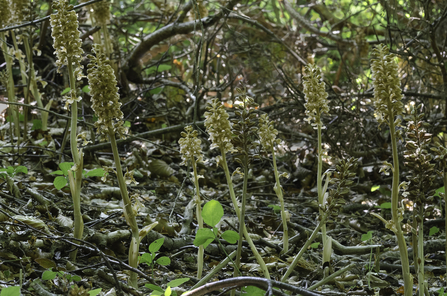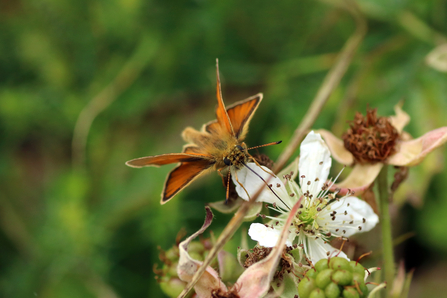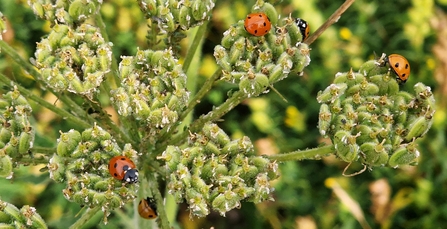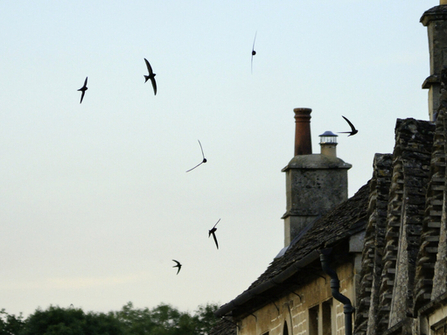Orchid time
June is the month when many orchid species flower. Many have colourful, exotic looking flowers but others are rather plain, even monochrome.
One such is the rare birds nest orchid. It grows in deep shade in woodland, has no leaves and no chlorophyll to power it but relies solely on nutrients from dead leaves, ie it is a saprophyte.




